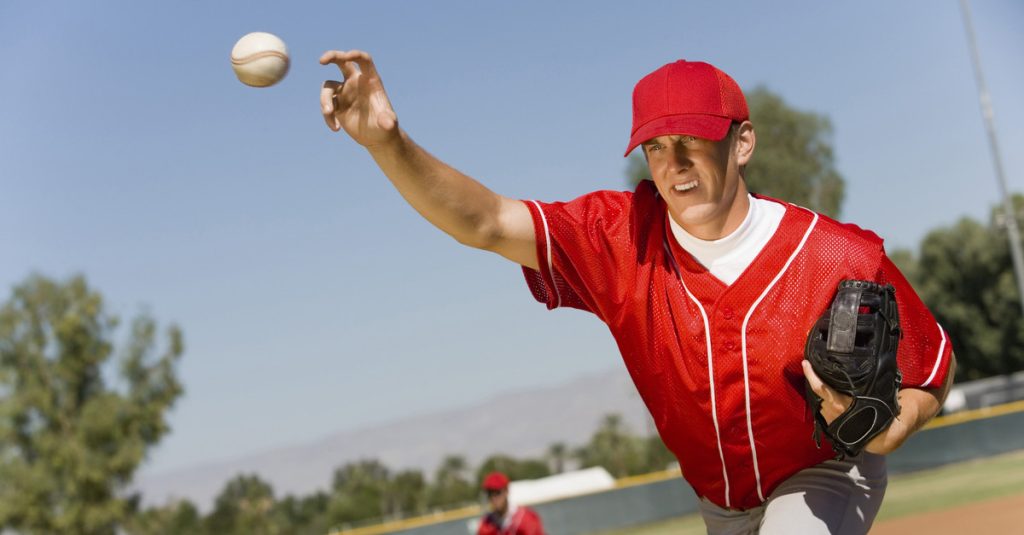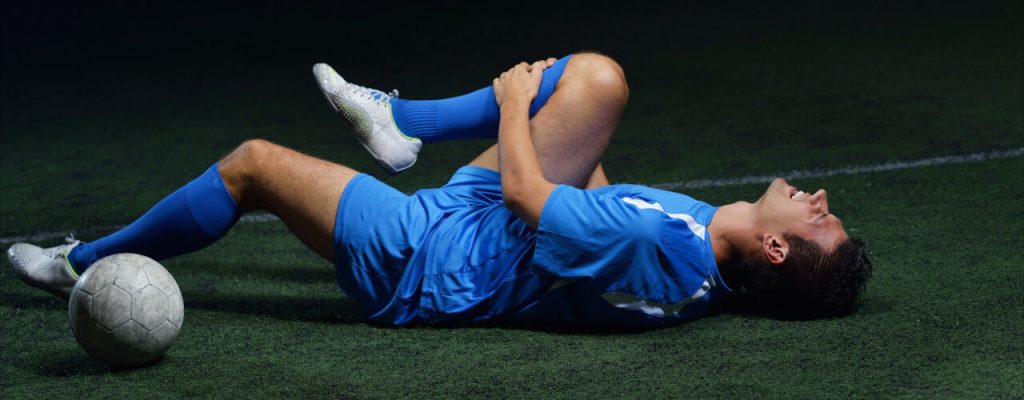In today’s blog post we break down the five major mistakes you need to avoid after a sports injury. Sustaining a sports injury is a setback that can derail your progress and throw you off your game. Whether you’re an amateur or a professional athlete, an injury can have a significant impact on your performance and overall wellbeing. While it’s essential to focus on recovery, there are several mistakes that you must avoid to ensure a successful comeback.
1. Ignoring the Injury
One of the most common mistakes that athletes make after an injury is ignoring the problem. Some athletes may be tempted to continue training or playing despite the pain, hoping that the injury will heal on its own. However, this can lead to further damage and prolong the recovery time. Ignoring the injury can also lead to complications that may require more invasive treatments or surgery.
For example, if an athlete ignores a sprained ankle, they risk further injury to the ankle, which can cause additional ligament or tendon damage. This can lead to a longer recovery time and even permanent damage, such as chronic pain or instability in the joint.
In addition to the physical consequences, ignoring a sports injury can also have mental and emotional impacts. For athletes who are passionate about their sport, being forced to sit out due to an injury can be devastating. This can lead to feelings of frustration, sadness, and even depression.
Furthermore, ignoring an injury can impact an individual’s overall physical fitness and ability to participate in other activities. This can cause a ripple effect on their overall health and well-being.
It is essential to address sports injuries promptly to prevent long-term consequences. Seeking medical attention, following a proper rehabilitation program, and taking time to rest and recover are crucial steps in ensuring a full and healthy recovery. Ultimately, taking care of a sports injury early on can not only prevent further damage but also lead to a faster and more successful recovery.
2. Failing to Follow the Treatment Plan
After being diagnosed with a sports injury, your sports medicine doctor will recommend a treatment plan that may include rest, rehabilitation exercises, regenerative medicine and medication. It’s crucial to follow this plan diligently to ensure a successful recovery. Failing to follow the treatment plan can lead to slower healing, prolonged pain, and even reinjury.
When a medical professional prescribes a treatment plan, it is designed to help the individual recover as quickly and safely as possible. By failing to follow this plan, the athlete risks delaying their recovery and potentially exacerbating the injury.
For example, if an athlete fails to follow the prescribed rehabilitation exercises for a knee injury, they may not regain full strength and mobility in the joint. This can make them more susceptible to future knee injuries and limit their ability to participate in sports or physical activities.
In addition to physical consequences, failing to follow a treatment plan can also have financial implications. Extended recovery times can result in increased medical expenses and lost income due to time away from work or sport.
It is important to follow a treatment plan after a sports injury to ensure the best possible outcome. By doing so, athletes can increase their chances of a full recovery and prevent future injury. It is essential to communicate any concerns or difficulties with the medical professional to ensure the treatment plan is both effective and manageable.

3. Returning to Sports Too Soon
Many athletes are eager to jump back into their sport. Returning to sports too soon after an injury is a mistake because it can exacerbate the injury and cause further damage. Athletes who return to sports before they are fully healed risk prolonging their recovery time and potentially causing permanent damage to the injured area.
Additionally, returning to sports too soon can increase the risk of reinjury or developing a new injury. The body needs time to heal and recover from an injury, and rushing the recovery process can put unnecessary stress on the injured area, leading to further damage.
Moreover, returning to sports too soon can impact an athlete’s performance. If they are not fully healed, they may not be able to perform at their best, which can lead to frustration and disappointment.
It is essential to follow a proper rehabilitation program and only return to sports when your sports medicine doctor deems it safe to do so. Rushing the recovery process can have long-lasting consequences, and athletes should prioritize their health and well-being above their desire to return to sports quickly.
4. Stretching Immediately After An Injury
Stretching, exercises and other physical rehabilitation modalities have the goal of strengthening the muscles, ligaments and tendons around the joint. This works when your body begins leaving the inflammation phase of healing and starts the repair phase. 5 minutes after a sports injury there is no healing happening whatsoever and that is when the injured joint is at its weakest.
Stretching immediately after an injury can cause reinjury because it can further damage the injured area. Stretching puts stress on the muscles, tendons, and ligaments, which can exacerbate any existing damage and prolong the recovery process.
When an injury occurs, the body’s natural response is to protect the area by restricting movement and promoting healing. Stretching can interfere with this natural process and potentially cause more harm than good.
Moreover, stretching immediately after an injury can increase swelling and inflammation, making the injury worse. It can also cause further pain, which can negatively impact an athlete’s recovery process.
Instead of stretching immediately after an injury, it is essential to seek medical attention and follow a proper rehabilitation program designed to promote healing and restore mobility. Stretching can be introduced gradually as part of the rehabilitation process once the injured area has healed sufficiently.
It is crucial to prioritize the body’s healing process and avoid any activities that can delay recovery or cause reinjury.

5. Neglecting Your Mental Health
An injury can take a toll on your mental health, causing frustration, disappointment, and even depression. Neglecting your mental health can hinder your recovery and make it challenging to return to your sport. It’s essential to take care of yourself mentally and emotionally by seeking support from friends, family, and mental health professionals.

In conclusion, sustaining a sports injury can be challenging, but avoiding these common mistakes can help you recover successfully. Remember to listen to your body, follow your treatment plan, and take care of yourself both physically and mentally. With the right mindset and support, you can make a full recovery and get back to doing what you love. Thanks for taking the time to read our blog post: In today’s blog post we break down the five major mistakes you need to avoid after a sports injury.
Learn More About Alternative Ways to Alleviate Your Pain
Get back to doing the things you love, faster & without surgery.
Request an Appointment Today!